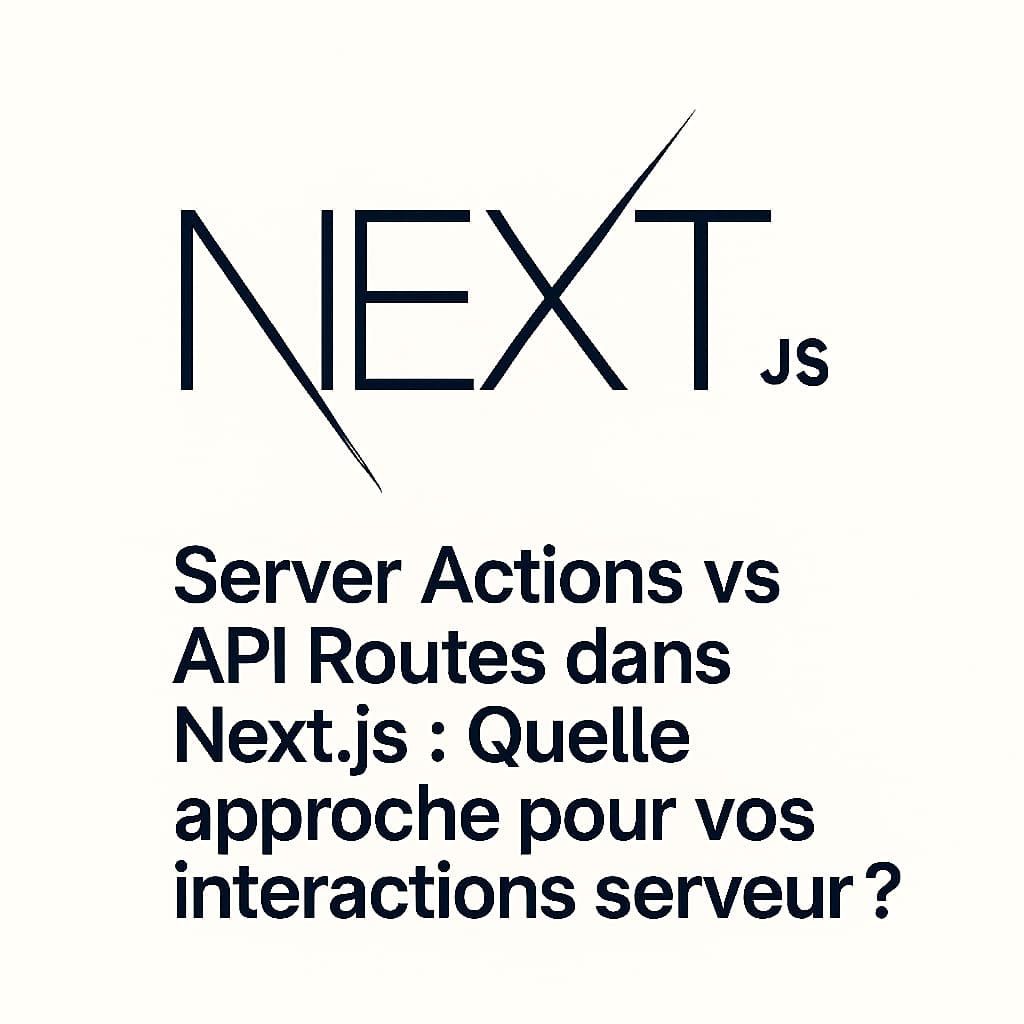Vitest is a fast and modern unit testing framework designed to integrate seamlessly with Vite, making it an excellent choice for Next.js applications built on React. This article explains how to set up Vitest in a Next.js project, write unit tests for your components and functions, and adopt best practices to ensure reliable and maintainable code. Whether you're a beginner or an experienced developer, this guide will help you establish a robust testing environment.

In the modern web development world, deploying an application can quickly become a headache. Between cloud platform costs that explode and the complexity of server management, many developers are searching for more accessible and economical alternatives. This is where Coolify comes in, an open source platform that's revolutionizing how we deploy our applications.

Next.js version 16 has arrived, marking a major turning point in the framework's evolution. Unlike previous versions that focused on adding new features, this iteration emphasizes stabilization, optimization, and above all, returning control to developers. Let's break down what's really changing.

In the Next.js ecosystem, managing frontend-server interactions is key to building modern, performant, and secure applications. Two primary tools enable server-side code execution: API Routes and Server Actions. This article compares these approaches, their advantages, drawbacks, and provides concrete examples for updating a post and fetching data using Prisma, with Next.js 14+ and the App Router. We include robust error handling, Zod for validation, useTransition for a smooth UX, and revalidatePath for revalidation, making the article production-ready.

Uploading files to AWS S3 is a core feature for many modern web applications. In this article, we’ll explore how to set up a Next.js application (version 13+ with App Router) to allow users to upload files directly to an S3 bucket, using AWS SDK v3 for optimal performance and security. This guide includes best practices, robust validation, and an optional TypeScript version for developers seeking strong typing.
Stay informed about the latest articles, tutorials, and news.